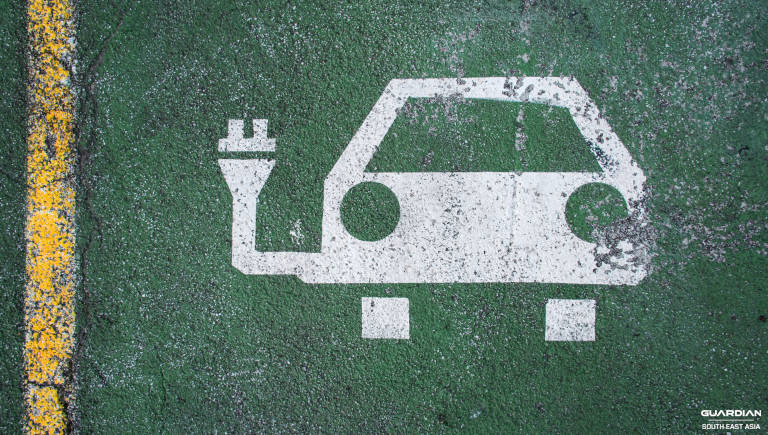
The Electric Vehicle adoption rate across the globe has been gaining momentum in recent years. There are several factors that led to this. Recent technological advances in making Electric Vehicles more efficient and cost-effective are one of the factors. Another is concern over how carbon emissions from traditional combustion vehicles contribute to climate change. Data show that the transportation sector accounts for 24% of global CO2 emissions. As such, more and more countries are taking steps to reduce the number of traditional vehicles in favor of Electric Vehicles to reduce the impact of climate change.
Another factor that is fueling adoption rates for Electric Vehicles globally is the fact that prices have dropped in recent years as technology such as improved batteries mature and, at the same time, became cheaper to produce. More models have also become available to the public, making Electric Vehicles give consumers more options. Growth has been rapidly growing globally and more so in the past two years. The figures show that global sales have been steadily growing by 50% since 2015. It is worth noting that global sales have also outperformed predictions consistently.

There are a number of milestones that point towards a possible explosive growth of the adoption rate of Electric Vehicles in the next few years.
In 2015 The Paris Agreement was established, and the Zero Emission Vehicle (ZEV) Alliance forms. Coordinated by the International Council on Clean Transportation, ZEV Alliance highlights EVs as a key strategy to solve the climate crisis and encourages further investments in EV technologies. A number of countries have participated, such as Germany, the Netherlands, Norway, the United Kingdom, several U.S. States, and Canada. Simultaneously, India also launched its Faster Adoption and Manufacturing of Hybrid and Electric Vehicles (FAME) scheme to increase EV sales.
In 2019 France became the first country to put a traditional vehicle ban into law with a 2040 timeframe, while Colombia added an internal combustion engine phase-out target to its National Decarbonization Plan. California followed suit in 2020, with the target to ban the sale of conventional vehicles by 2035.
In 2020 A number of companies committed to transitioning their global fleets to Electric Vehicles, Companies such as DHL, Ikea, Amazon, and UPS, as well as ride-sharing companies including Uber, Lyft, and Shuttl, set targets to electrify vehicle fleets. In total, more than 100 companies have committed to transitioning to EV fleets by 2030 through convening platforms like EV100 and the Corporate Electric Vehicle Alliance. A growing number of Governments, including the U.S. and Sri Lanka, have also committed to fleet transitions. The average cost of owning an Electric vehicle has also become lower than traditional combustion engine vehicles in major markets.
In 2021 a number of countries have strengthened or implemented new bans targeting traditional vehicles such as Japan, Germany, the U.K., and Canada among others. Singapore has also announced a new Electric Vehicle rebate to be implemented this year as part of its Electric Vehicle adoption initiative.

Another important factor that is driving adoption growth globally is the increasing number of countries that support and provide various subsidies and incentives for the purchase of Electronic Vehicles as well as investment for infrastructure development.
Global adoption and transition to Electronic Vehicles remain on track as more and more countries, regulators, and industry players have become more supportive of the initiative to drive emissions down in light of the problems caused by pollution and climate change.
There are a number of factors that can lead to the growth of the adoption rate for Electric Vehicles in the South East Asian region.
Climate change commitments are one of them. Governments have been considering phasing out old traditional vehicles to meet their emission reduction requirements, and as such, there has been an increase in support for this transition.
Another thing to consider is the rising cost of oil in the region. Oil is mostly imported from other countries, which adds to the cost despite government subsidies. Electric Vehicles provide an attractive alternative since the cost have been shown to be lower.
Electric Vehicles are now becoming a viable alternative due to better battery technology, increased range, and a lower cost of ownership and government incentives in Southeast Asia. Adopting Electric Vehicles for your fleet makes for a practical and attractive choice.








